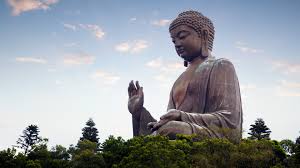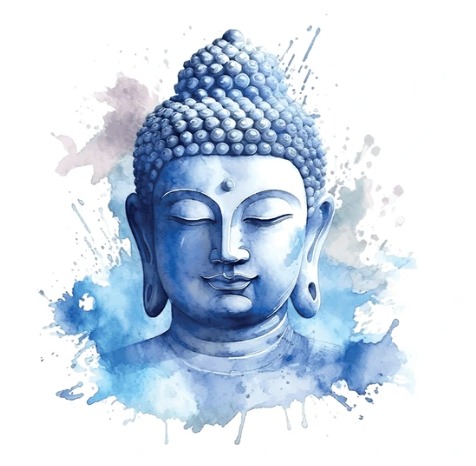Deprecated: http_build_query(): Passing null to parameter #2 ($numeric_prefix) of type string is deprecated in /home2/ambedflx/public_html/wp-content/plugins/social-share-with-floating-bar/social-share-with-floating-bar.php on line 522
Deprecated: http_build_query(): Passing null to parameter #2 ($numeric_prefix) of type string is deprecated in /home2/ambedflx/public_html/wp-content/plugins/social-share-with-floating-bar/social-share-with-floating-bar.php on line 553
Deprecated: http_build_query(): Passing null to parameter #2 ($numeric_prefix) of type string is deprecated in /home2/ambedflx/public_html/wp-content/plugins/social-share-with-floating-bar/social-share-with-floating-bar.php on line 590
Deprecated: http_build_query(): Passing null to parameter #2 ($numeric_prefix) of type string is deprecated in /home2/ambedflx/public_html/wp-content/plugins/social-share-with-floating-bar/social-share-with-floating-bar.php on line 522
Deprecated: http_build_query(): Passing null to parameter #2 ($numeric_prefix) of type string is deprecated in /home2/ambedflx/public_html/wp-content/plugins/social-share-with-floating-bar/social-share-with-floating-bar.php on line 553
Deprecated: http_build_query(): Passing null to parameter #2 ($numeric_prefix) of type string is deprecated in /home2/ambedflx/public_html/wp-content/plugins/social-share-with-floating-bar/social-share-with-floating-bar.php on line 590
Deprecated: mb_convert_encoding(): Handling HTML entities via mbstring is deprecated; use htmlspecialchars, htmlentities, or mb_encode_numericentity/mb_decode_numericentity instead in /home2/ambedflx/public_html/wp-content/plugins/social-share-with-floating-bar/social-share-with-floating-bar.php on line 800
Deprecated: http_build_query(): Passing null to parameter #2 ($numeric_prefix) of type string is deprecated in /home2/ambedflx/public_html/wp-content/plugins/social-share-with-floating-bar/social-share-with-floating-bar.php on line 553
Deprecated: http_build_query(): Passing null to parameter #2 ($numeric_prefix) of type string is deprecated in /home2/ambedflx/public_html/wp-content/plugins/social-share-with-floating-bar/social-share-with-floating-bar.php on line 590
Lord Buddha’s teachings continue to inspire millions of people around the world, emphasizing compassion, wisdom, and the quest for inner peace.

Early Life
Name: Siddhartha Gautama
Birth: Born around 563 BCE in Lumbini, Nepal.
Family: He was a prince, the son of King Suddhodana and Queen Maya.
Upbringing: Raised in the Shakya clan in a life of luxury, shielded from the harsh realities of the world.
Quest for Enlightenment
Four Sights: He witnessed an old man, a sick man, a dead body, and a wandering ascetic, which led him to seek a way to overcome suffering.
Renunciation: At the age of 29, he left his palace, wife (Yashodhara), and son (Rahula) to become an ascetic.
Teachers: Studied under Alara Kalama and Uddaka Ramaputta, learning meditation techniques but not finding the ultimate truth.
Enlightenment
Meditation: Practiced severe austerities for six years, then chose the Middle Way, a path of moderation.
Bodhi Tree: Achieved enlightenment at the age of 35 while meditating under the Bodhi Tree in Bodh Gaya, India.
Title: Became known as the Buddha, meaning “The Enlightened One.”
Teachings
First Sermon: Delivered at Sarnath, India, known as the “Dhammacakkappavattana Sutta” or “Setting in Motion the Wheel of Dharma.”
Four Noble Truths: Central tenets that describe the nature of suffering and the path to its cessation.
Life involves suffering (dukkha).
Suffering is caused by desire and attachment.
There is an end to suffering.
The end to suffering is through the Eightfold Path.
Eightfold Path: A guide for ethical and mental development with the goal of freeing an individual from attachments and delusions; it leads to understanding, love, and happiness. It includes:
Right Understanding
Right Intent
Right Speech
Right Action
Right Livelihood
Right Effort
Right Mindfulness
Right Concentration
Later Life and Death
Travels: Spent 45 years traveling and teaching across the Indian subcontinent.
Followers: Gathered a large following of monks, nuns, and laypersons.
Parinirvana: Passed away at the age of 80 in Kushinagar, India, entering parinirvana (final nirvana) which is the release from the cycle of rebirth.
Legacy
Spread of Buddhism: His teachings spread throughout Asia, influencing a variety of cultures and societies.
Scriptures: Teachings were orally transmitted and later written down in various Buddhist scriptures, including the Pali Canon (Tripitaka).
Symbols: Common symbols associated with Buddha include the lotus flower, Bodhi tree, Dharma wheel, and footprints.
Monuments: Significant sites related to his life, such as Lumbini, Bodh Gaya, Sarnath, and Kushinagar, are important pilgrimage destinations for Buddhists.


